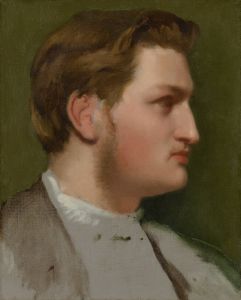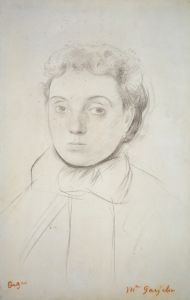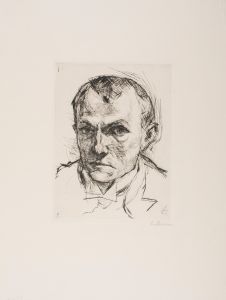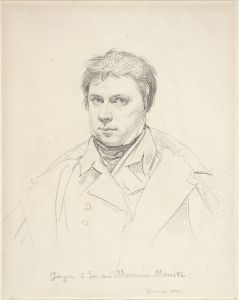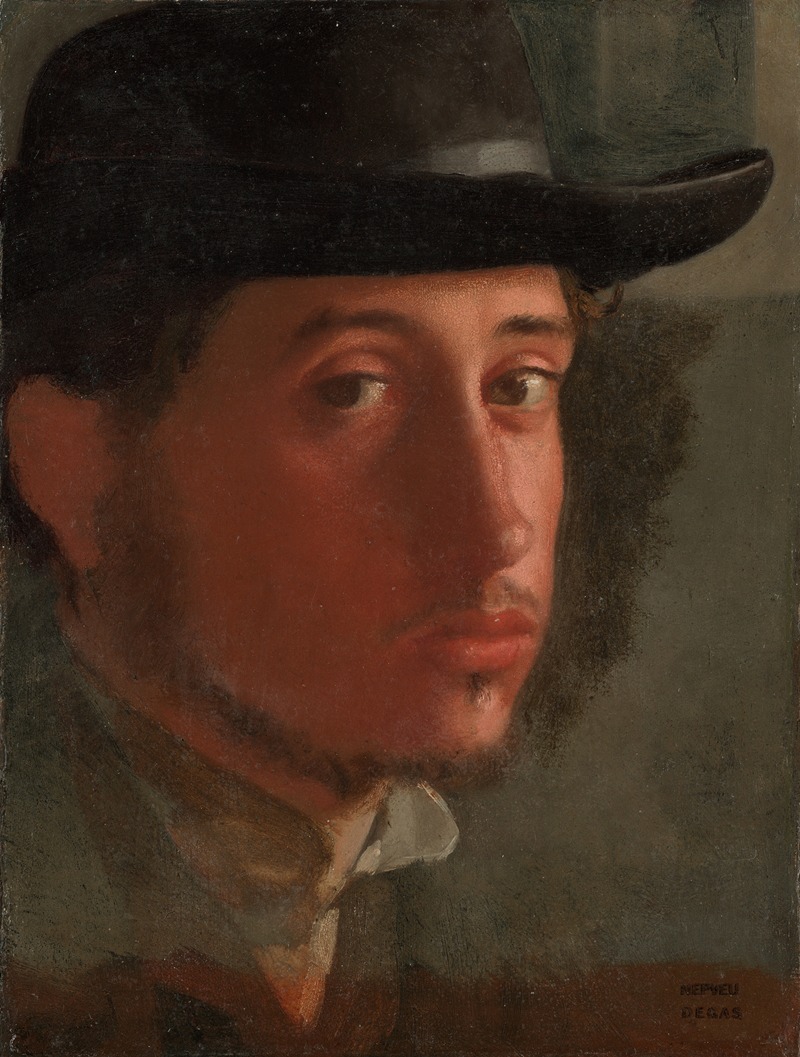
Self-Portrait
A hand-painted replica of Edgar Degas’s masterpiece Self-Portrait, meticulously crafted by professional artists to capture the true essence of the original. Each piece is created with museum-quality canvas and rare mineral pigments, carefully painted by experienced artists with delicate brushstrokes and rich, layered colors to perfectly recreate the texture of the original artwork. Unlike machine-printed reproductions, this hand-painted version brings the painting to life, infused with the artist’s emotions and skill in every stroke. Whether for personal collection or home decoration, it instantly elevates the artistic atmosphere of any space.
Edgar Degas, a prominent French artist associated with the Impressionist movement, is renowned for his innovative approach to painting, sculpture, and drawing. Among his diverse body of work, Degas created several self-portraits, which offer insight into his evolving artistic style and personal introspection. One such work is "Self-Portrait," an oil painting completed in the early stages of his career.
Degas was born on July 19, 1834, in Paris, France, into a moderately affluent family. He demonstrated an early aptitude for art, enrolling at the École des Beaux-Arts in 1855. His early training was rooted in traditional academic art, which emphasized precise draftsmanship and classical themes. However, Degas's exposure to contemporary movements and his travels to Italy profoundly influenced his artistic development.
The "Self-Portrait" by Edgar Degas is believed to have been painted around 1855-1856, during a period when he was still honing his skills and exploring his identity as an artist. This self-portrait is notable for its introspective quality and technical execution, reflecting both his academic training and his burgeoning interest in capturing the psychological depth of his subjects.
In this self-portrait, Degas presents himself in a straightforward, unembellished manner. The composition is relatively simple, focusing on the artist's face and upper torso. Degas's gaze is direct, engaging the viewer with a sense of immediacy and introspection. The background is understated, allowing the viewer to concentrate on the artist's expression and features. This focus on the face and expression is a hallmark of Degas's later work, where he often sought to capture the inner life of his subjects.
The palette used in the self-portrait is subdued, with earthy tones dominating the canvas. This choice of color reflects the influence of traditional portraiture while also hinting at Degas's future experimentation with color and light. The brushwork is meticulous, showcasing his skill in rendering textures and details, particularly in the depiction of hair and skin.
Degas's self-portraits are relatively rare compared to his other works, which often depict dancers, bathers, and scenes of modern life. However, they provide valuable insight into his self-perception and artistic priorities. This early self-portrait, in particular, reveals a young artist at the crossroads of tradition and innovation, poised to embark on a career that would challenge and redefine the boundaries of art in the late 19th century.
Throughout his life, Degas remained somewhat enigmatic, often shunning the public eye and maintaining a private persona. His self-portraits, therefore, serve as a rare glimpse into his personal world, offering clues to his character and artistic vision. As Degas's style evolved, he became increasingly interested in capturing movement and the ephemeral qualities of light, which would become defining characteristics of his mature work.
In summary, Edgar Degas's "Self-Portrait" is a significant early work that encapsulates the artist's technical skill and introspective nature. It stands as a testament to his early influences and foreshadows the innovative approaches that would later define his contributions to the art world.









